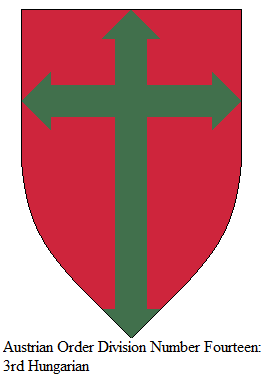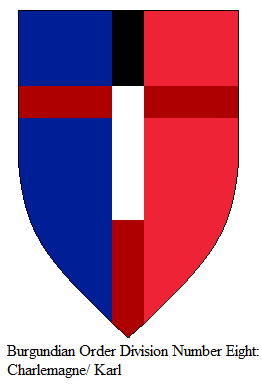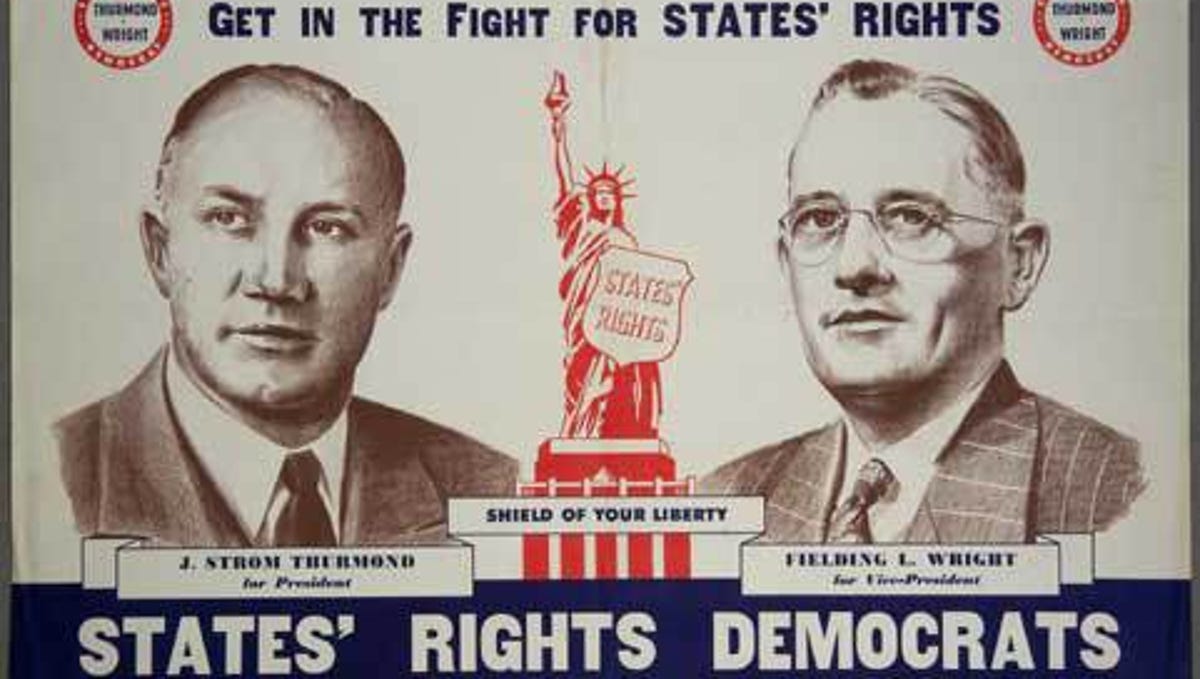Chapter 858: Teutonic Order Division Number Thirteen: Sameiten/ Samogitia Schwertbrüder
Chapter 858: Teutonic Order Division Number Thirteen: Sameiten/ Samogitia Schwertbrüder

The Teutonic Order Division Number Thirteen: Sameiten/ Samogitia Schwertbrüder were formed in December of 1944 out of the Germans of East Prussia and the United Baltic Duchy, both Reichsdeutsche (Imperial Germans) and ethnic Germans, in this chase the Baltendeutsche (Baltic Germans), whose commanders and officers came from other Teutonic Order Divisions, with the majority of it’s forces being German, as well as a small group coming from allied Polish and Hungarians who had joined as volunteers. They were a Mountain Division created to fight in Northern Russia against the Soviet Union and the Red Army meant to head from St. Peterburg (formerly Leningrad), once more the Imperial Russian Capital east towards Arkangel meant to cut off Allied supplies arriving there and then traveling along the Dvina River, similarly, to how they had done in the South in Stalingrad and Astrakhan in the South. However the territory east of Lake Onega (Onegasee), the city of Onega and Onega River was not only less favorable for motorized, mechanized and tank divisions alike, but the arctic frozen tundra and ice lands was not ideal for the German Blitzkrieg as fuel and even the crews outright froze inside their vehicles and could no longer start the, Because of that the Axis Central Powers at least hoped to follow the old railway from Moscow to Arkangel itself with an armored train so they would reach and attack the last northern harbor city from that region, as they assumed the Soviets and their Red Army would build a new railway east of the river to Perm, Ufa/ Oufa down to Aktyubinsk were the newly established Ural Industry and Production centers of the Soviet Union build up shortly before the Eastern War or during it’s first years, when the Soviets had relocated whole factories and industries east to evacuate them before the incoming Axis Central Power forces. While the allied Finnish forces were much better prepared and equipped for this kind of war, they not only lacked the numbers, but outright refused to step over the claimed Finnish territory of the Kingdom of Greater Finland, meaning they only held up part of the front and refused to send their forces further, so that the Germans, United Baltic Duchy and Russians had to fight on their own.
Over time they would adapt to the Nordic Climate and themselves learn many skills of the Finnish, including Ski-infantry while on furlough, that would clearly help and support their efforts in the Russian North, but the Red Army had learned since the War against the Finnish as well and was not only equally prepared for their Axis Central Powers enemies, but had the advantage of knowing the terrain and region, as well as fielding bomber and fighter squadrons stationed and acclimated to the frozen North that made the enemy advance the pure nightmare with constant bombings and raids by them to slow them down. In the End the harbor city of Arkangel would stil lfall after heavy losses, completely cutting off the Northern Soviet supply route after the Axis Central Powers had already cut of the Southwestern one across the Black Sea and the Japanese Empire lead Co-Prosperity Sphere had cut off the Eastern Route over Siberia, meaning that all American and British equipment, supplies and volunteers had to take the longest, southern route over neutral, but pro-Axis Central Powers leaning Persia and then across the Central Asian Soviet Socialist Republics, wer the Germans and Turks had instigated anti-Communist, anti-Soviet and anti-Red Army local rebellions along the Mohammedans, Turk and Persian ethnic groups there who were rising up against the despotic tyranny of Stalin, the Red Army and the Soviet Union alike. While not the most secure and safest route anymore, it was the only still active and so vital to the Soviets, that their armored convoys and trains, brutally shot, overrun and killed any form of local resistance they would encounter on their hasty trip north to resupply, refuel and rearm the Red Army fighting further North. Still the Soviet Union had lost the majority of it’s forces, population, industry and resources at this point and without Stalin any longer holding it all together, it’s fragmentation and splintering up into smaller Socialist, Communist, Stalinist and Soviet Warlords and Civil War Factions seamed only a question of time as far as the Allies, the Axis Central Powers and even some Soviets themselves believed.

The Teutonic Order Division Number Thirteen: Sameiten/ Samogitia Schwertbrüder were formed in December of 1944 out of the Germans of East Prussia and the United Baltic Duchy, both Reichsdeutsche (Imperial Germans) and ethnic Germans, in this chase the Baltendeutsche (Baltic Germans), whose commanders and officers came from other Teutonic Order Divisions, with the majority of it’s forces being German, as well as a small group coming from allied Polish and Hungarians who had joined as volunteers. They were a Mountain Division created to fight in Northern Russia against the Soviet Union and the Red Army meant to head from St. Peterburg (formerly Leningrad), once more the Imperial Russian Capital east towards Arkangel meant to cut off Allied supplies arriving there and then traveling along the Dvina River, similarly, to how they had done in the South in Stalingrad and Astrakhan in the South. However the territory east of Lake Onega (Onegasee), the city of Onega and Onega River was not only less favorable for motorized, mechanized and tank divisions alike, but the arctic frozen tundra and ice lands was not ideal for the German Blitzkrieg as fuel and even the crews outright froze inside their vehicles and could no longer start the, Because of that the Axis Central Powers at least hoped to follow the old railway from Moscow to Arkangel itself with an armored train so they would reach and attack the last northern harbor city from that region, as they assumed the Soviets and their Red Army would build a new railway east of the river to Perm, Ufa/ Oufa down to Aktyubinsk were the newly established Ural Industry and Production centers of the Soviet Union build up shortly before the Eastern War or during it’s first years, when the Soviets had relocated whole factories and industries east to evacuate them before the incoming Axis Central Power forces. While the allied Finnish forces were much better prepared and equipped for this kind of war, they not only lacked the numbers, but outright refused to step over the claimed Finnish territory of the Kingdom of Greater Finland, meaning they only held up part of the front and refused to send their forces further, so that the Germans, United Baltic Duchy and Russians had to fight on their own.
Over time they would adapt to the Nordic Climate and themselves learn many skills of the Finnish, including Ski-infantry while on furlough, that would clearly help and support their efforts in the Russian North, but the Red Army had learned since the War against the Finnish as well and was not only equally prepared for their Axis Central Powers enemies, but had the advantage of knowing the terrain and region, as well as fielding bomber and fighter squadrons stationed and acclimated to the frozen North that made the enemy advance the pure nightmare with constant bombings and raids by them to slow them down. In the End the harbor city of Arkangel would stil lfall after heavy losses, completely cutting off the Northern Soviet supply route after the Axis Central Powers had already cut of the Southwestern one across the Black Sea and the Japanese Empire lead Co-Prosperity Sphere had cut off the Eastern Route over Siberia, meaning that all American and British equipment, supplies and volunteers had to take the longest, southern route over neutral, but pro-Axis Central Powers leaning Persia and then across the Central Asian Soviet Socialist Republics, wer the Germans and Turks had instigated anti-Communist, anti-Soviet and anti-Red Army local rebellions along the Mohammedans, Turk and Persian ethnic groups there who were rising up against the despotic tyranny of Stalin, the Red Army and the Soviet Union alike. While not the most secure and safest route anymore, it was the only still active and so vital to the Soviets, that their armored convoys and trains, brutally shot, overrun and killed any form of local resistance they would encounter on their hasty trip north to resupply, refuel and rearm the Red Army fighting further North. Still the Soviet Union had lost the majority of it’s forces, population, industry and resources at this point and without Stalin any longer holding it all together, it’s fragmentation and splintering up into smaller Socialist, Communist, Stalinist and Soviet Warlords and Civil War Factions seamed only a question of time as far as the Allies, the Axis Central Powers and even some Soviets themselves believed.











